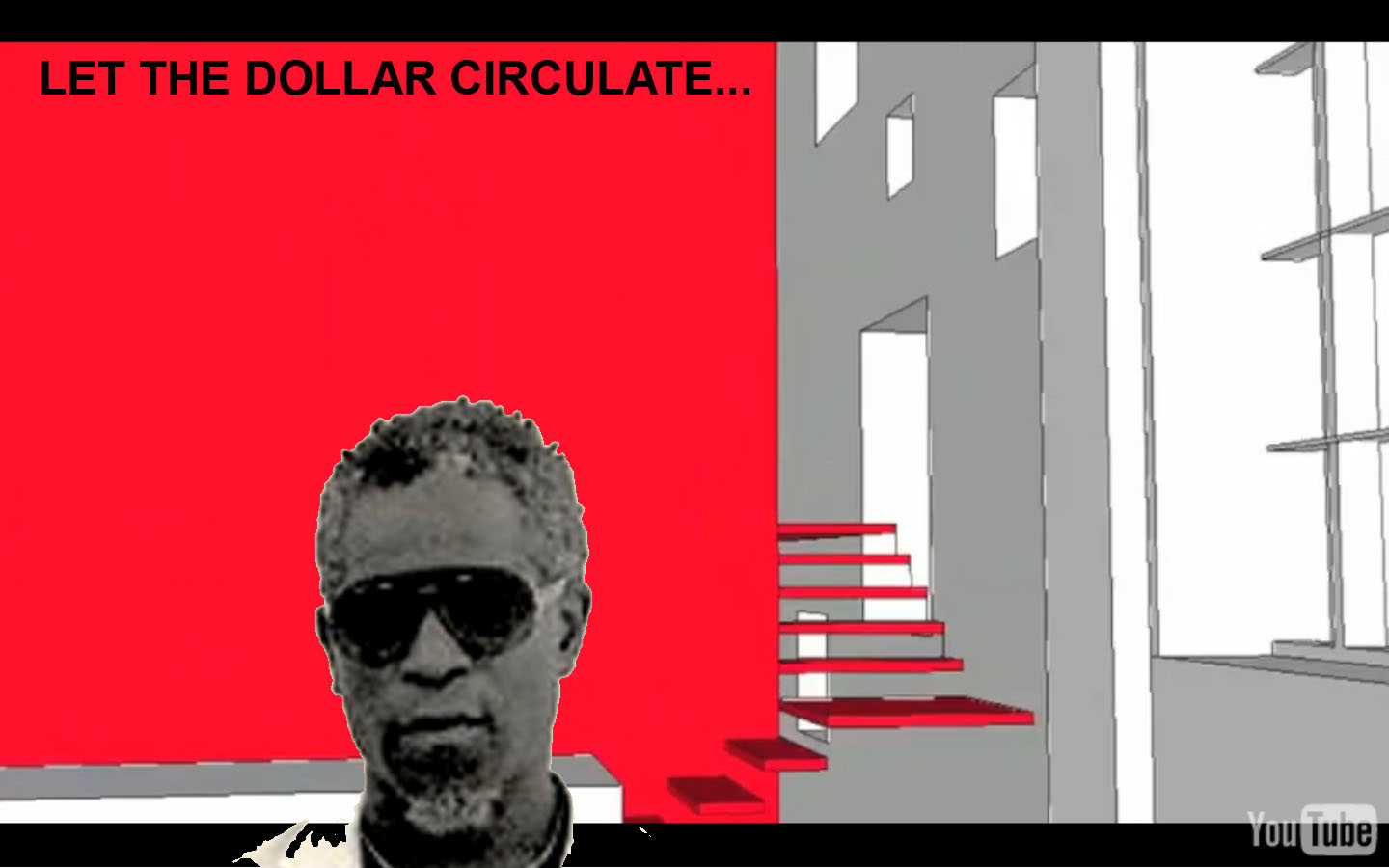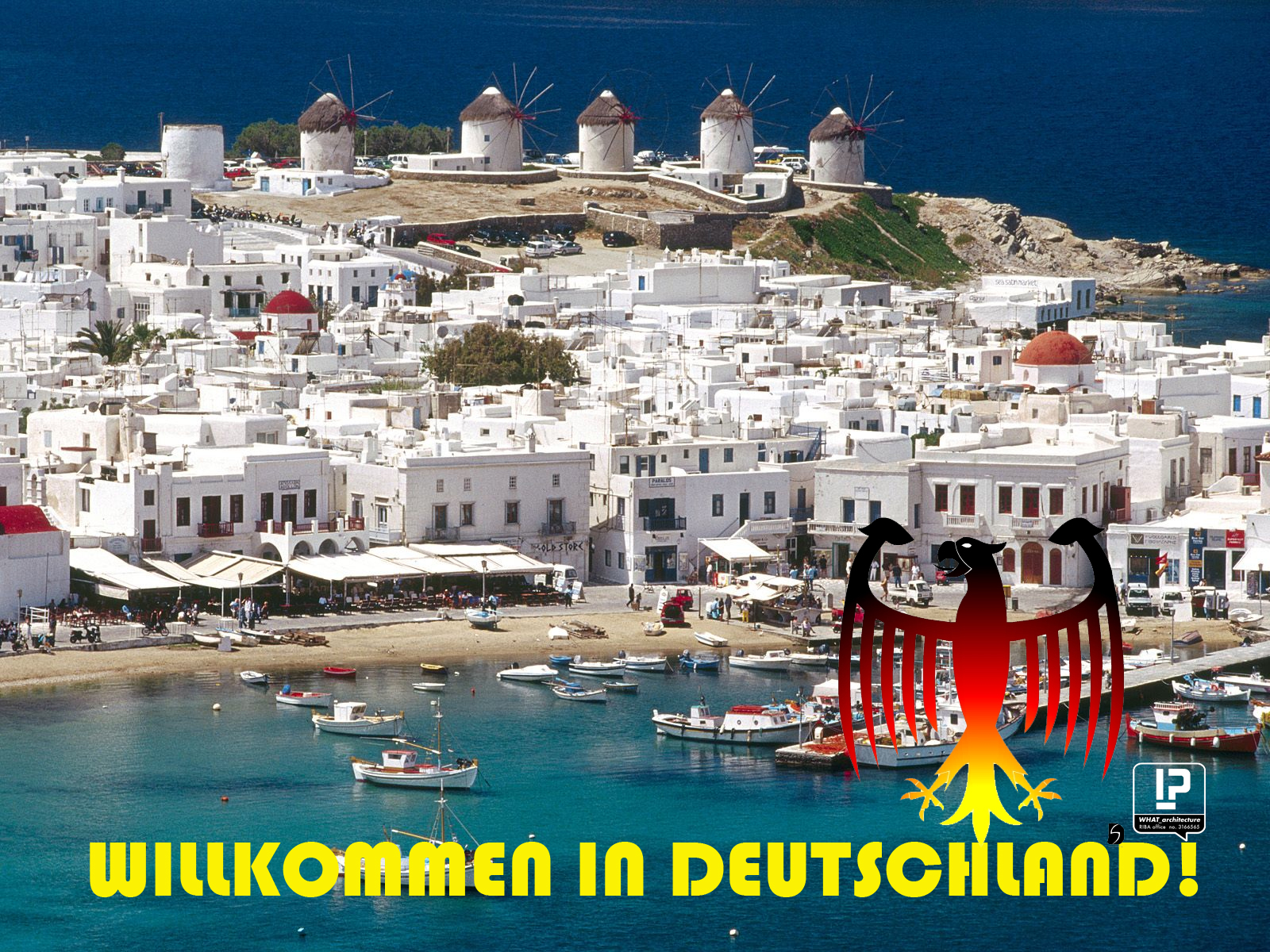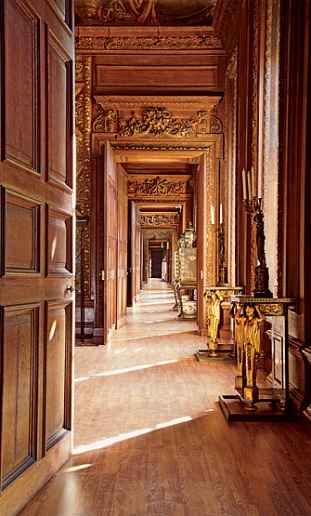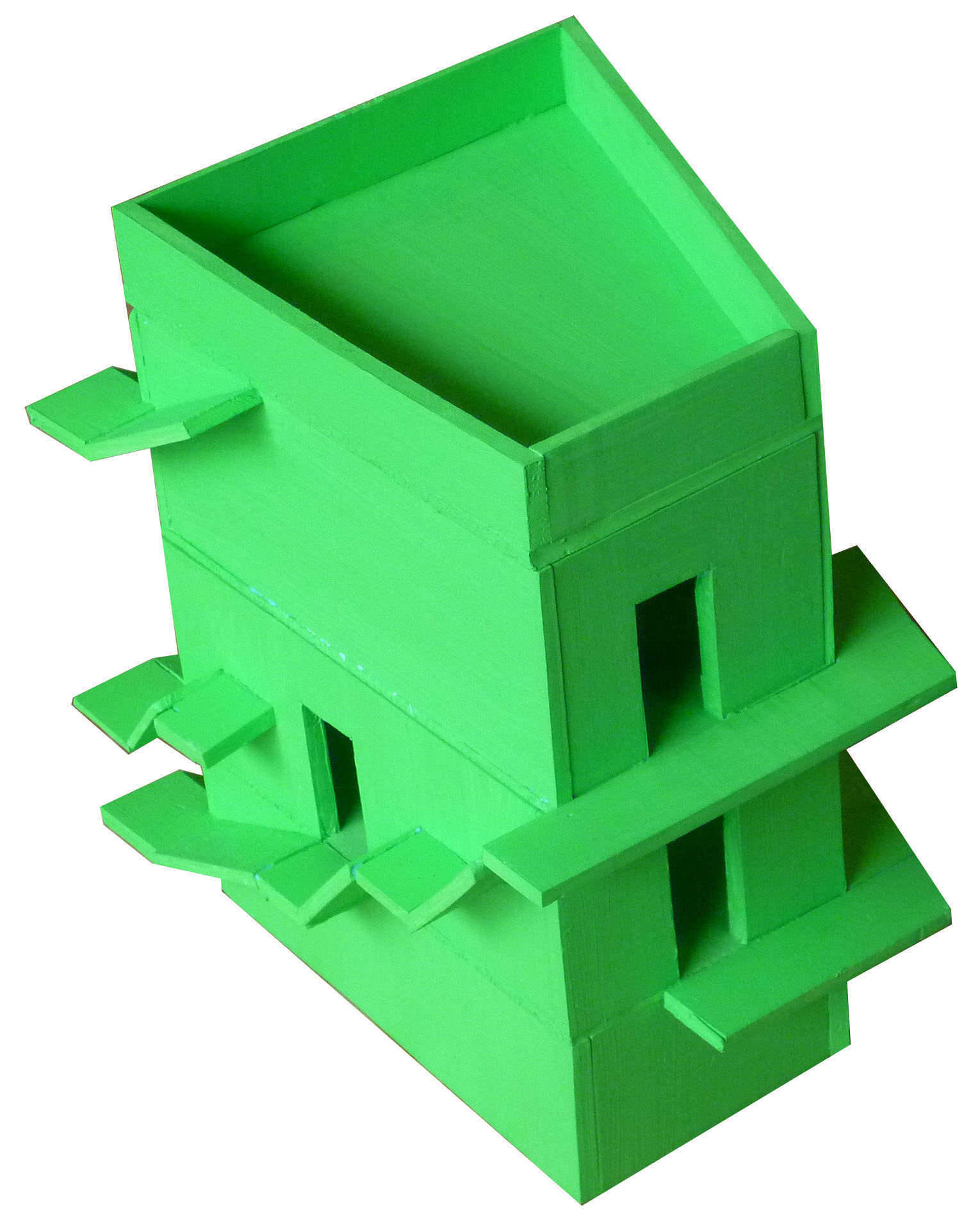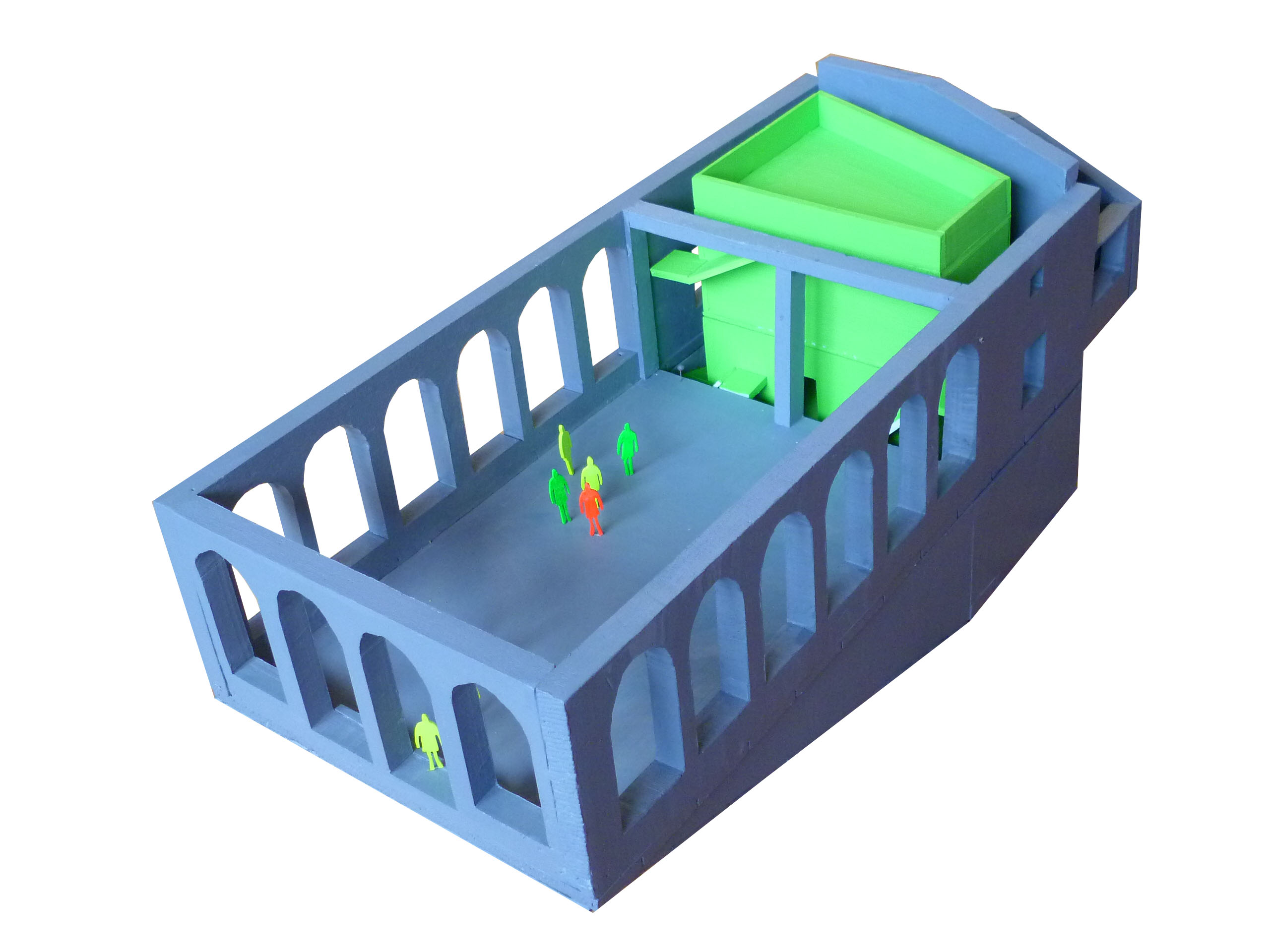138won_Crime and the city solution
 Justice – Stress by Romain Gavras
The idea of ‘secure by design’ is becoming increasingly common within planning, design and architecture. To understand and interpret what is meant by ‘secure by design’ and the accompanying ‘securitisation agenda’ is also problematic given that these phrases continue to be used haphazardly as political sound bites to unsystematically describe a wide range of initiatives and proposals.
The French sociologist Pierre Bourdieu’s pioneered investigative frameworks into cultural capital and symbolic violence to reveal the dynamics of power relations in social life. One significant use of culture in perpetuating and concealing power is through the practice of architecture. Bourdieu sees an architect’s creative and unique design as something only available to the upper echelons of society. The majority of people are forced to settle for mass-produced standard designs. Though it may be less than obvious, the cultural currency ascribed to an architect’s unique design has significant impacts on maintaining cultural and therefore societal superiority.
WHAT_zup!?
The underprivileged quarter of Gare in Saint-Denis, Paris will become a zone à urbaniser en priorité (ZUP) for investigations led by WHAT_architecture into ‘secure by design’. Could architecture reduce crime? If so, what forms of crime? How do the police map crime? How does planning and licencing affect crime? What is a safe-haven building? What about drugs? Lighting? Surveillance? Gated communities? What is crime versus anti-social behaviour? Can we adopt rigourous forensic techniques to uncover new strategies for social improvement? Is gentrification all good? Could the ‘Crime and the city solution’ project really result in Batman Buildings that save the city? Design police, does the city really need saving?
A secure city is a sustainable one. Terrorism and other threats to the urban environment directly oppose social and economic sustainability initiatives. Research has been conducted that analyses how the secure by design agenda has impacted the built environment. However, a clear research gap exists with respect to how securitisation influences architectural planning of new buildings.
WHAT_architecture with Aaron Kramer / Kings College 2011
Justice – Stress by Romain Gavras
The idea of ‘secure by design’ is becoming increasingly common within planning, design and architecture. To understand and interpret what is meant by ‘secure by design’ and the accompanying ‘securitisation agenda’ is also problematic given that these phrases continue to be used haphazardly as political sound bites to unsystematically describe a wide range of initiatives and proposals.
The French sociologist Pierre Bourdieu’s pioneered investigative frameworks into cultural capital and symbolic violence to reveal the dynamics of power relations in social life. One significant use of culture in perpetuating and concealing power is through the practice of architecture. Bourdieu sees an architect’s creative and unique design as something only available to the upper echelons of society. The majority of people are forced to settle for mass-produced standard designs. Though it may be less than obvious, the cultural currency ascribed to an architect’s unique design has significant impacts on maintaining cultural and therefore societal superiority.
WHAT_zup!?
The underprivileged quarter of Gare in Saint-Denis, Paris will become a zone à urbaniser en priorité (ZUP) for investigations led by WHAT_architecture into ‘secure by design’. Could architecture reduce crime? If so, what forms of crime? How do the police map crime? How does planning and licencing affect crime? What is a safe-haven building? What about drugs? Lighting? Surveillance? Gated communities? What is crime versus anti-social behaviour? Can we adopt rigourous forensic techniques to uncover new strategies for social improvement? Is gentrification all good? Could the ‘Crime and the city solution’ project really result in Batman Buildings that save the city? Design police, does the city really need saving?
A secure city is a sustainable one. Terrorism and other threats to the urban environment directly oppose social and economic sustainability initiatives. Research has been conducted that analyses how the secure by design agenda has impacted the built environment. However, a clear research gap exists with respect to how securitisation influences architectural planning of new buildings.
WHAT_architecture with Aaron Kramer / Kings College 2011

136eoe_The Thin House
With planners pushing infill housing as a means to garner greater spatial economies from the urban fabric, it is worth considering this project in Russia that truly maximises floor area ratios…
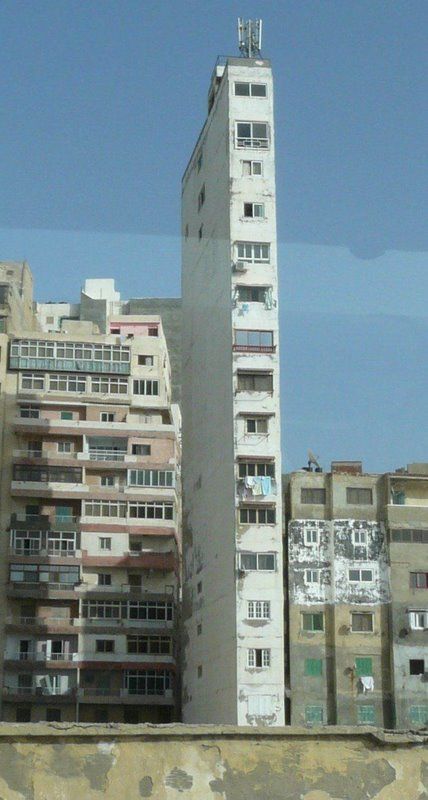


129fil_La Filature Enfilade
An enfilade is a suite of rooms formally aligned with each other. This was a common feature in French architecture from the Baroque period onwards. The doors entering each room are aligned with the doors of the connecting rooms along a single axis, providing a vista through the entire suite of rooms. The enfilade can be used as a processional route, and is a common arrangement in museums and art galleries, as it facilitates the movement of large numbers of people through a building. In a Baroque palace, access down an enfilade suite of state rooms was typically restricted by the rank or degree of intimacy of the visitor. The first rooms were more public, and at the end was usually the bedroom, sometimes with an intimate cabinet or boudoir beyond.
For La Filature, this form of circulation has been used to organised spatial relations between the existing building and the new building. The enfilade separates the public living room from the private sleeping rooms. In doing so the La Filature Enfilade is no longer a conventional straight axis but a spiral to reveal and surprise. The La Filature enfilade delivers one firstly to the living room; from here one can go down to ‘house A’ or up to ‘House B’. Each House has 4 rooms independently accessed from the enfilade: 3 bedrooms and a bathroom.
Given the magnificance of the existing building it was considered important that the architectural intervention be coherent and simple and therefore the two houses are, in this proposal, organised as a single mass. A stealth like intervention was sought that touched the existing building as little as possible. The La Filature Enfilade stands on the ground without touching the existing structure, walls or roof.
